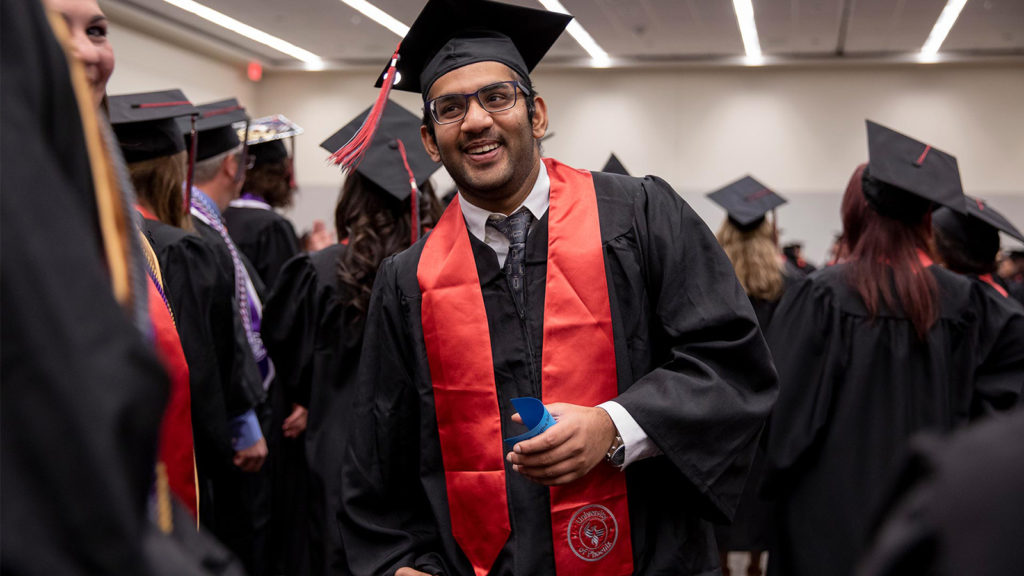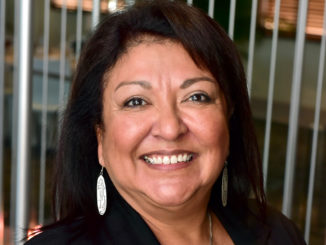Sponsored Content by University of Phoenix
Recognizing the unique challenges facing Native American, Alaska Native, and Native Hawaiian tribal students, the University of Phoenix created a dedicated team to coordinate with tribal leaders, help students navigate the tribal and enterprise funding process, and personally support students to increase low academic success.
The Need
As a demographic group, tribal students tend to perform at the lowest level of any other group on virtually every matrix associated with education, such as grades, retention, or graduation rates, says Patrick Horning, University of Phoenix’s National Tribal Strategic Alliance Executive. They often feel unprepared for college classes, are unsure how to manage work-school-family life balance, struggle with self-esteem, or have seen friends and family try the college experience and fail. This can lead to knowing a college education could help with career advancement but entering with a lack of confidence.
Our Tribal Operations Team uses a solutions- based application for tribal enterprises to upskill and reskill tribal members and employees who want to grow.
Patrick H. | UOPX NTSA Executive
Tribal leaders, meanwhile, list their top priorities as getting a return on their educational investment as measured by graduation rates; schools accurately administering tribal funds; and cost.
The Solution
The University spent two years on face-to-face research to understand the challenges tribal higher-education officials encounter with students and post-secondary schools. With the tribal operations team works closely with the university’s enrollment team while simultaneously shepherding students through the process necessary to secure scholarship funding and ensures they follow the unique financial-aid guidelines for their tribe or tribal enterprise. The team refers to a document created by the University that spells out the parameters for each entity.
Tribal Student Academic Success
Higher Course Completion
Tribal students successfully completed their first course in 2020 at a rate 4 percentage points higher than the average University of Phoenix student.
By the fourth course, tribal students were registering completion rates 8 points higher than the universities average.
Student Support
Tribal operations team support tapers off to an as needed basis for the remainder of the student’s program.
Higher Retention
By the end of eight classes, the equivalent of an academic year, tribal retention remains higher than the overall student average.
Once students are enrolled, the team continues to work closely with them through their first four classes (undergraduate students take one class at a time, for five weeks each). Team members are trained in various tribes’ customs, culture, traditions, and the educational barriers that Indigenous students often face. They talk with students about their plans if certain situations arise to make sure no one is caught off guard during their educational journey. Team members review instructor feedback with the student to determine what barriers the student may face and to help them work through challenges without feeling overwhelmed. The support is personalized based on the need of each student.
The Outcome
Tribal students successfully completed their first course in 2020 at a rate 4 percentage points higher than the average University of Phoenix student. By the fourth course, tribal students were registering completion rates 8 points higher than the universities average. Tribal operations team support tapers off to an as needed basis for the remainder of the student’s program. By the end of eight classes, the equivalent of an academic year, tribal retention remains higher than the overall student average. This is amazing, given historic averages, yet Horning and his team believe the number can be better. They plan to extend the retention strategy because they know it works.
“Our tribal operations team uses a solutions-based application for tribal enterprises to upskill and reskill tribal members and employees who want to grow in the field they are in or transition to another occupation altogether. Our goal is to support employers and tribal members and help them to be able to go to school and be successful, contrary to what they may have seen in the past with other family or community members,” Horning says.
Ernie Stevens, whose job as the National Indian Gaming Association (NIGA) Chairman includes considerable travel, is one of the students helped by the support team as he earned his master’s degree in management and graduated in the spring of 2021. “Finishing this degree was not an easy task,” he says.
“The tribal specialists were invaluable with immediate support and provided resources that helped me stay engaged and on track for graduation.”
Can this work with other students’ populations? The University believes the philosophy and structure can be applied to other underserved populations once staff and the client have identified the specific educational barriers individual student populations face. “You have to constantly be on the lookout for challenges students run into so you can create a personal approach to understand and know how to address those challenges,” Horning says.




